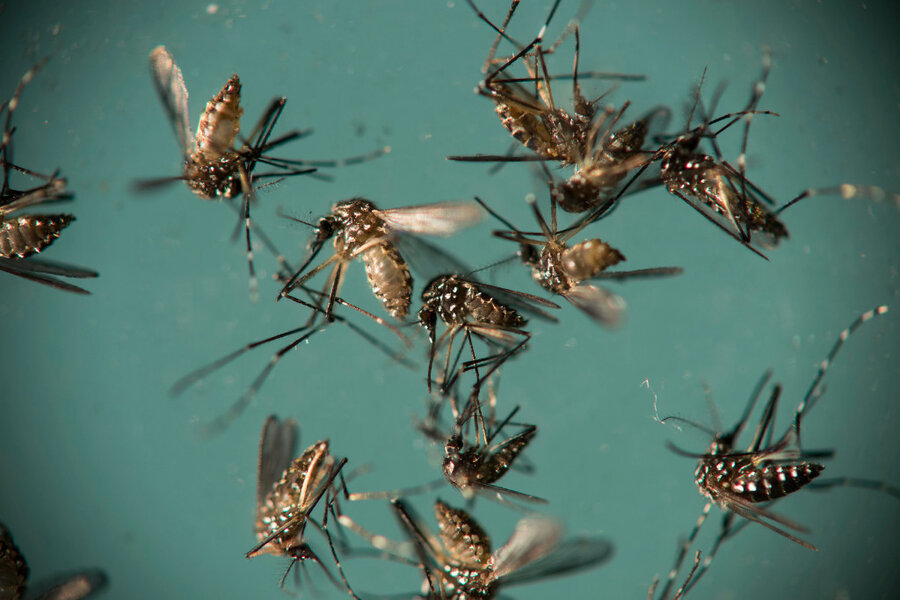How tracking mosquitoes can shape health policies
Loading...
If you talk to a statistician about prediction, they’ll tell you that they can’t necessarily predict what one person will do, but they can predict what a large group of people will do (unless they’re a presidential pollster, perhaps).
So while a statistician couldn’t tell you what one mosquito will do, they could tell you the regions in which potentially virus-carrying species of mosquitos will settle, model the ways that different viruses spread, or even use data to help come up with an action plan for a bio-terrorist attack on a population center.
Given enough time and enough data, they could conceivably even use a statistical model to discern communities at risk of outbreaks before they happen — and work to prevent them.
This is the kind of work that Dr. Abba Gumel and Dr. Heather Ross are doing in Arizona State University’s Global Security Initiative. Dr. Gumel is a professor of Mathematical Biology at ASU and Dr. Ross is a clinical assistant professor at ASU and a nurse practitioner.
There is a delicate balance that this kind of work has to strike between respecting the rights of individuals and monitoring groups of people in aggregate. Dr. Gumel and Dr. Ross very much embody the sometimes polarizing viewpoints present in the space – Gumel with his 30,000-foot-view models and Ross with her regular nursing practice.
“One of the things that differentiates our approach from other institutes is that we frame health security a bit more broadly. We understand it’s a defense-level initiative, but it’s also about securing an individual’s and a community’s health to be resilient to [things like] economic and climate stresses. We are thinking about this both at population and individual levels,” says Ross.
Gumel’s work, which focuses on the design of robust mathematical models for gaining insight into the transmission dynamics of emerging and re-emerging diseases, has proven useful in providing deeper insight into the spread and control of the 2014 Ebola outbreaks in West Africa, by highlighting the crucial role traditional beliefs and local mistrust of government had on the virus.”
Securing the health of a nation is a “wicked problem” that needs not only data, but input from a wide variety of highly-specialized disciplines, ranging from healthcare professionals to economists, political scientists, ecologists, biologists, and others.
“We have yet to find someone who isn’t relevant in the health security conversation,” Ross says.
What do they do with the data?
This broad, university-wide effort in health security is still being developed, but Gumel says that the work will be in the same vein as some of his earlier work with data models. For example, Gumel and collaborators used modeling to help public health agencies around the world to effectively combat the spread of SARS in 2003, and in 2008 he used similar models to assess Canada’s influenza pandemic preparedness plans.
Their work will continue to be done on a global scale, Gumel says. His next big project is to focus on mosquito populations and see how their breeding grounds and ranges are affected by changing climate conditions.
Once their model spits out results, the first step is to get them peer-reviewed and published, Gumel says. Then they have to get the results in front of public health officials, policymakers and community leaders in order to influence policy.
“There are multiple layers of communication that are critical to helping to secure population and individual health,” says Ross.
Even if government officials know everything they need to, the information needs to be shared within communities as well so that individuals can understand the problem and where they fit in, in the larger scope of things.
“The whole point of what we do, in addition to advancing our sciences, is to help save lives and build effective public health policies for combatting emerging and re-emerging diseases that threaten health security and human resilience,” Gumel says.





